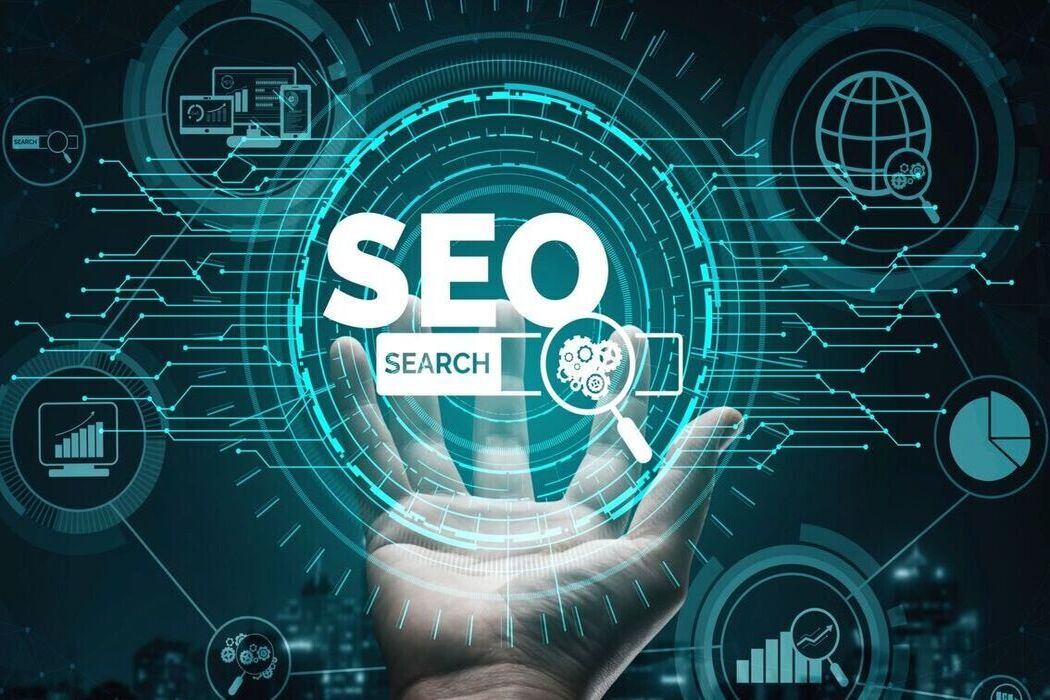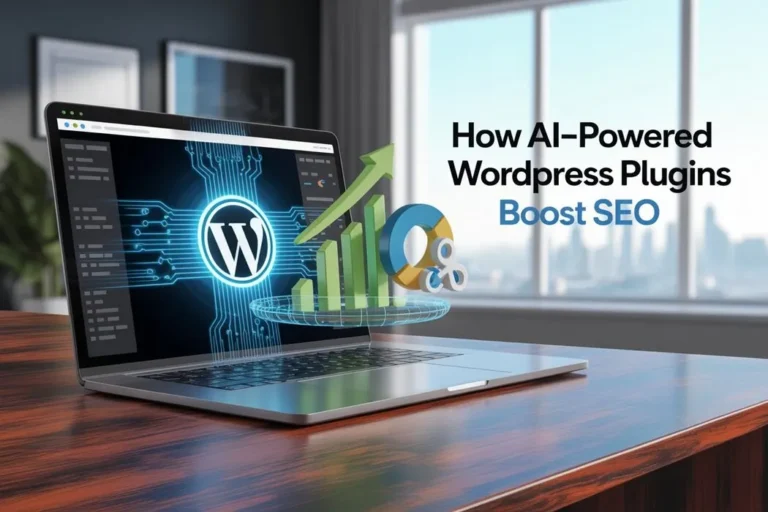Top WordPress Trends Shaping Web Development in 2024
In the ever-evolving world of web development, WordPress stands tall as a cornerstone, driving innovation and serving as the foundation for millions of websites worldwide.WordPress continues to reign supreme, powering over 40% of the internet. With its user-friendly interface, extensive plugin repository, and adaptability, WordPress continues to be the go-to platform for developers and businesses alike. As we dive into 2024, the WordPress ecosystem witnesses a dynamic shift propelled by cutting-edge trends that redefine the landscape of web development. These WordPress trends not only enhance the user experience but also shape the future of web development.
Here, we uncover the top WordPress trends that are revolutionizing the digital landscape:
1. Headless WordPress: The Decoupling Revolution
The emergence of Headless WordPress represents a seismic shift in the traditional approach to website development. This groundbreaking concept, marked by the separation of the back-end content management system (CMS) from the front-end presentation layer, signifies a new era of unparalleled flexibility and innovation. In this paradigm, developers harness the power of JavaScript frameworks such as React, Vue.js, or Angular to craft highly responsive and customizable front-end experiences. By divorcing the presentation layer from the CMS, Headless WordPress liberates developers to create lightning-fast, bespoke interfaces, catering to diverse user needs and preferences. This approach elevates WordPress beyond its conventional boundaries, positioning it as a robust content repository that seamlessly integrates with cutting-edge technologies, thereby opening doors to limitless possibilities in web development.
2. Artificial Intelligence (AI): Powering Smarter Websites
Artificial Intelligence (AI) has become an undeniable force reshaping industries, and its seamless integration into the WordPress ecosystem mirrors this transformative wave. AI-driven chatbots stand at the forefront, revolutionizing customer support by providing instantaneous and personalized assistance, thereby enhancing user experience. Moreover, the integration of AI facilitates dynamic content personalization, adapting to user behavior and preferences in real-time. This tailored approach not only boosts engagement but also ensures that content resonates effectively with diverse audiences. Additionally, AI-powered image recognition technologies foster enhanced accessibility by enabling features like alt text generation and content adaptability, catering to users with varying needs. The escalating popularity of AI-centric plugins and tools underscores the monumental shift towards smarter, more intuitive user interactions and content delivery within the WordPress community. These advancements signify a pivotal moment where AI becomes an integral part of WordPress, transcending conventional boundaries and reshaping the future of web development.
3. Mobile Optimization and PWAs: Embracing Mobile-First Experiences
In the era of mobile device prevalence, delivering a seamless and optimized user experience across diverse screen sizes has become an absolute necessity. WordPress, recognizing this pivotal shift, has intensified its emphasis on mobile responsiveness within themes and plugins. Developers and designers are honing their craft to ensure that websites built on WordPress adapt flawlessly to various mobile interfaces, guaranteeing an optimal viewing experience regardless of the device used.
Furthermore, the ascent of Progressive Web Apps (PWAs) within the WordPress landscape is undeniable. These innovative apps amalgamate the best features of web and mobile applications, presenting users with lightning-fast loading times, reliability, and engaging functionalities. Their ability to operate efficiently even in low-connectivity environments reinforces their appeal, ensuring that users can seamlessly interact with WordPress-powered content, irrespective of their internet connection status. This surge in PWAs signifies a profound evolution in the way WordPress websites are accessed and experienced, emphasizing a future where accessibility and performance converge to elevate user satisfaction.
4. Voice Search and Optimization: Adapting to Evolving User Behavior
The proliferation of voice-activated devices has sparked a notable shift in search behavior, prompting a surge in voice search optimization strategies. WordPress, acknowledging this transformative trend, has pivoted towards optimizing content specifically tailored for voice queries. This adaptation involves a fundamental restructuring of keyword strategies, aligning them closely with natural language patterns and conversational queries.
WordPress websites are now meticulously crafted to cater to the nuances of voice-based interactions, aiming to deliver precise and relevant results in response to voice queries. The integration of voice search plugins has become an indispensable aspect of modern SEO practices within the WordPress ecosystem. These plugins, coupled with strategic optimization techniques, are instrumental in maintaining and enhancing visibility in search engine rankings. As voice search continues to carve its niche in user behavior, WordPress users must prioritize these optimization methodologies to ensure their content remains accessible and prominent in the evolving digital landscape.
5. Enhanced Security Measures: Fortifying Digital Fortresses
In an ever-evolving digital landscape, the escalating threats demand a proactive stance towards robust security measures. WordPress, acknowledging the paramount importance of safeguarding digital assets, has placed an unwavering emphasis on fortifying websites against potential vulnerabilities. The platform offers an array of cutting-edge security features, including but not limited to, two-factor authentication, SSL encryption, and a systematic stream of security updates aimed at bolstering website defenses.
These security layers form a formidable shield around WordPress-powered websites, enhancing their resilience against evolving cyber threats. Additionally, the availability of specialized security-focused plugins within the WordPress ecosystem augments the platform’s inherent security measures. These plugins, equipped with advanced functionalities and threat-detection capabilities, empower website owners with additional tools and resources to further secure their digital assets effectively. In this era of digital uncertainties, prioritizing such comprehensive security protocols becomes paramount to ensure the integrity and stability of WordPress websites in the face of potential threats.
6. Accessibility and Inclusivity: Prioritizing User-Centric Design
The movement toward ensuring inclusivity and accessibility for all users has gained considerable momentum within the WordPress ecosystem. Recognizing the significance of creating digital spaces that cater to diverse needs, WordPress themes and plugins have made concerted efforts to align with the rigorous WCAG (Web Content Accessibility Guidelines) standards. These standards serve as a benchmark for designing and developing websites that are more inclusive and user-friendly, particularly for individuals with disabilities.
This emerging trend surpasses mere regulatory compliance; it pivots towards the fundamental ethos of crafting digital experiences that are seamlessly navigable and engaging for every user. WordPress’s commitment to meeting WCAG standards signifies a deliberate stride towards fostering an inclusive online environment where barriers to accessibility are minimized. By prioritizing user-centric design principles and accessibility enhancements, the platform aims to empower website creators to build digital spaces that cater to the diverse needs of all users, ensuring an equitable online experience for everyone.
7. Sustainability and Green Hosting: Prioritizing Eco-Conscious Solutions
The burgeoning sustainability movement, permeating various industries, has found its way into the realm of web hosting, leading to a notable surge in the adoption of eco-friendly hosting solutions. Within the WordPress community, users are progressively gravitating towards green hosting providers, aligning their digital endeavors with environmentally conscious practices. These eco-friendly hosting solutions prioritize renewable energy sources and employ technologies aimed at reducing carbon footprints, thereby fostering a more sustainable digital ecosystem.
The shift towards green hosting among WordPress users signifies a collective effort to mitigate the environmental impact associated with website hosting. By choosing eco-friendly hosting providers, WordPress users actively contribute to the reduction of carbon emissions and the preservation of natural resources. This conscientious choice not only reflects a commitment to sustainability but also demonstrates the potential for positive change within the digital landscape. As the awareness of environmental responsibility grows, the adoption of green hosting solutions within the WordPress community serves as a testament to the platform’s dedication to a more sustainable future.
Conclusion
WordPress continues to evolve, not just as a CMS but as a platform for crafting immersive, accessible, and impactful digital experiences. Embracing these trends empowers developers, businesses, and content creators to harness the full potential of WordPress and deliver exceptional online journeys. These trends signify the forefront of innovation, steering the future of web development within the WordPress ecosystem. As technology advances, these trends will continue shaping the landscape, guiding WordPress as a trailblazer in web development.






